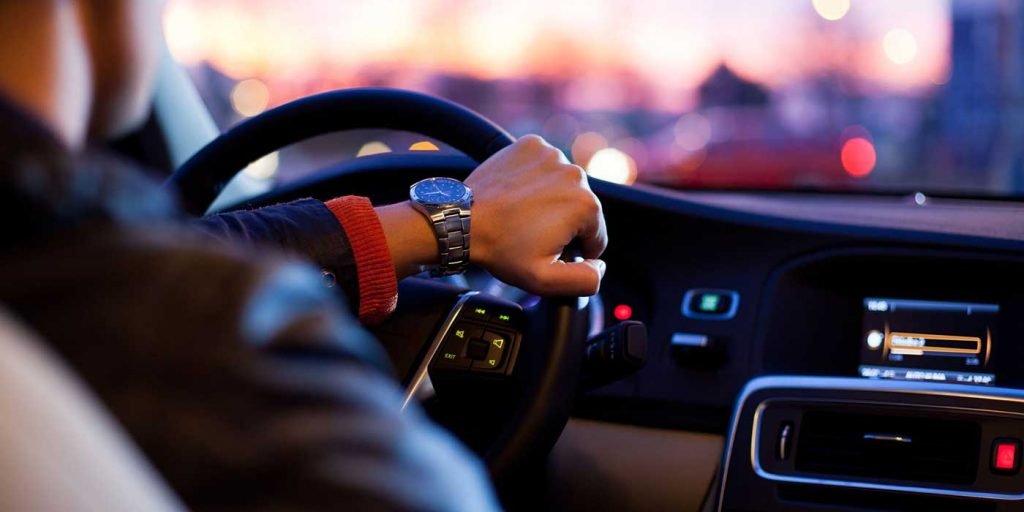If you’re not prepared, driving at night can be a challenging and stressful experience. With reduced visibility, it’s important to become extra aware of your surroundings to keep yourself and other drivers safe. Learning to drive safely at night involves maintaining your vehicle and using accessories to your advantage. Plus, you should adopt a few defensive driving habits to help keep you safe.
Defensive driving is an important skill to practice. It involves practicing simple habits such as regularly checking your mirrors, avoiding distractions, and maintaining awareness of your blind spots. Keeping a close eye on the other vehicles on the road and looking for potential obstacles will help you stay safe. If you’re driving in a rural area, always check the side of the road for signs of animals.
Even as a seasoned driver, it’s important to increase your awareness when driving at night. Check out these tips on driving a car safely at night.
Make Sure All Your Lights Are Working
Take the time to ensure all your lights are working properly. Inspect your taillights, reverse lights, and brake lights to make sure they are working as they should. If you have an older car, you will benefit from installing some HID light bulbs in your headlights.
Restoring your headlight covers is also a great way to gain some extra brightness while driving at night. You can remove fog and other debris from your headlight covers by using lemon and baking soda. After cleaning your headlights, adding a layer of wax will help your lights stay cleaner and brighter for longer.
If you notice any lights aren’t working, make sure you get replacements right away. Suppliers like CIPCO can provide you with a new set of vehicle lights quickly. Don’t endanger yourself by driving the car at night with broken lights.

Invest in Fog Lights
If you have trouble seeing a night, fog lights are an excellent accessory for your car. Fog lights provide a widespread beam and are angled towards the ground, which helps increase your immediate visibility. With these lights installed, you can feel confident driving in the rain, snow, and low visibility conditions.
You’ll need to mount the fog lights on your vehicle’s front end and attach the wiring to your headlight connection. You can also install HID (high-intensity discharge lamp) light bulbs in your fog lights for additional visibility. While fog lights are available in various colours, amber or yellow is often the best choice. Blue and violet lights can create a glare when you’re driving through the elements.
Clean Your Windshield
Driving with a dirty windshield will reduce your visibility. While your windshield may appear clean during the day, the presence of even small streaks can cause glare at night. Try using newspaper to give your windshield a thorough cleaning. Newspaper is great for cleaning your windshield since it’s a dense material made from soft fibres.
Using newspaper is much less likely to scratch your windshield than a rag or paper towel. Try using a simple glass cleaner like Windex in combination with the newspaper to remove all the oils and debris that leave streaks on your windshield.
Get an Eye Examination
Making sure you can see properly is an essential part of driving safely at night. If you’re struggling to see lane markers at night, you may benefit from an upgrade to your prescription lenses. Getting an eye exam becomes more important the older you get. Cataracts, glaucoma, and other age-related eye conditions will negatively impact your ability to see while driving at night.
Avoid Driving When Tired
Driving while tired increases the risk factor of nighttime driving. Trying to force your way through feelings of tiredness can cause you to lose focus at critical moments while driving. If you’re tired, your reaction times will begin to slow, which increases your risk of getting into an accident.
If your eyes start feeling heavy and you find it hard to concentrate, it’s important to find the nearest place to rest. Signs of being too tired to drive include drifting into the other lane, forgetting what’s going on, and excessive yawning.
Dim Interior Lighting
Dimming your interior lighting will help you see better while driving at night. Lights inside your vehicle can confuse and distract your eyes from the road. Even subtle sources of light like your infotainment system or dash lights can cause distractions. Dimming these lights inside your car will make it easier for your headlights to illuminate the road.
Dimming your interior lighting will reduce reflections in your windshield, which can obstruct your vision while driving at night. The less light you have inside your car, the easier it will be for your eyes to adjust to the light provided by your headlights.

